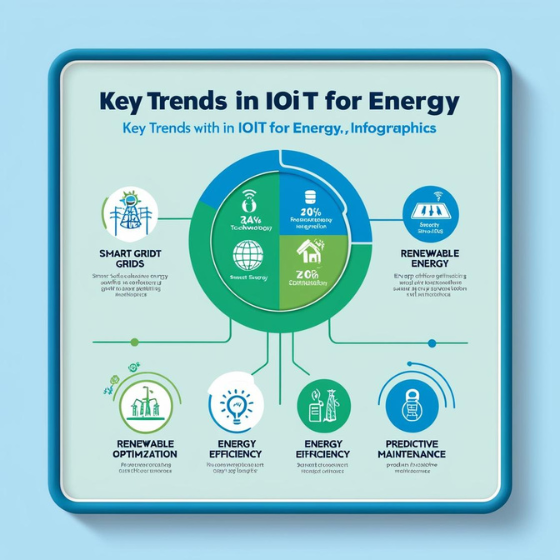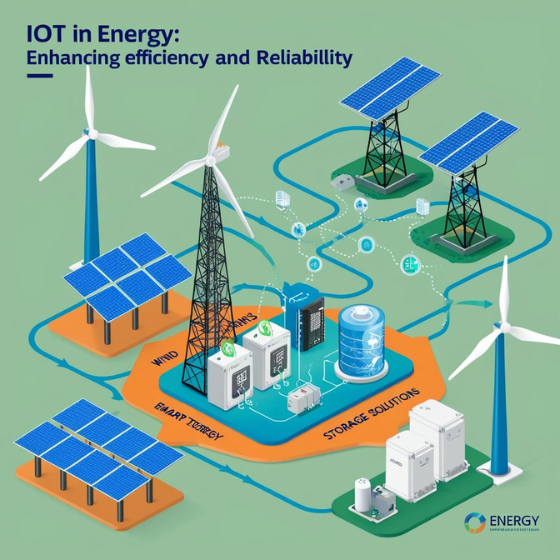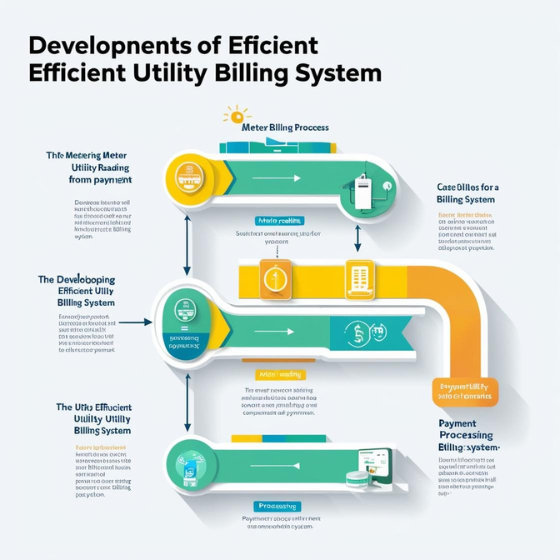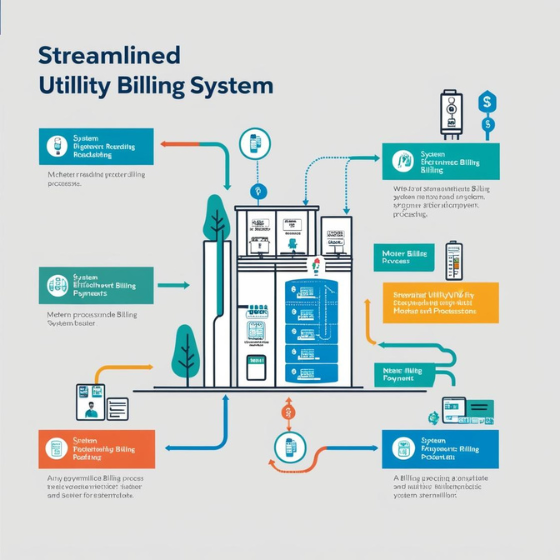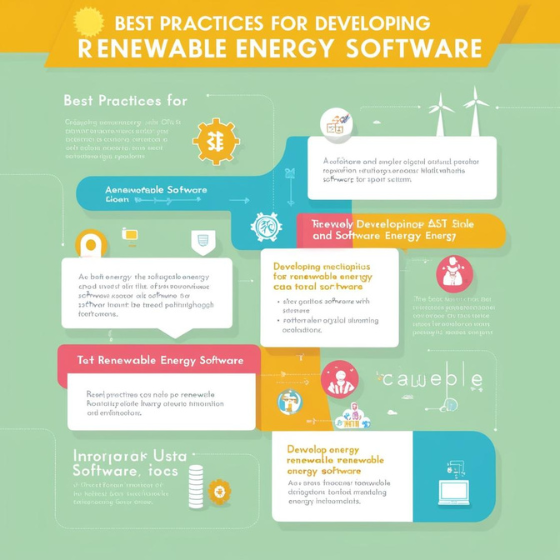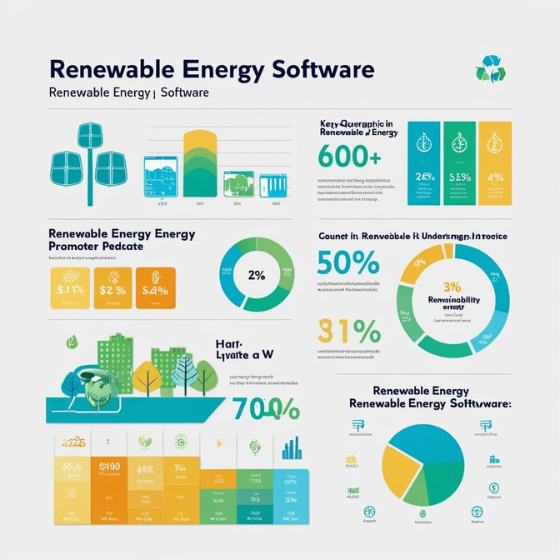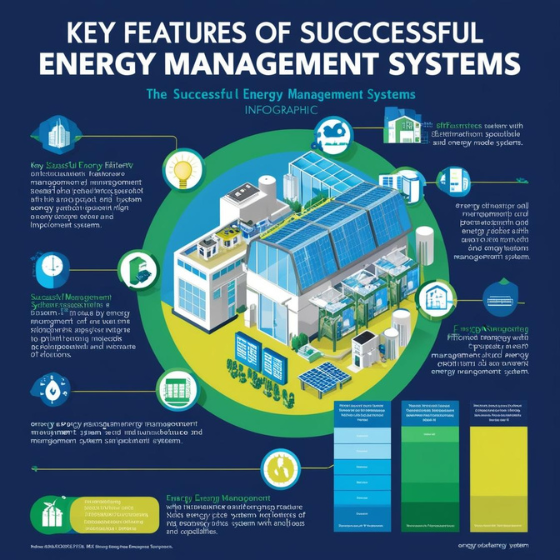Key Trends in IoT for Energy
The Internet of Things (IoT) is revolutionizing industries, and the energy sector is no exception. Did you know that the global market for IoT in energy is expected to grow from $23.75 billion in 2022 to $67.83 billion by 2030? This surge is fueled by the growing demand for smarter, more efficient energy solutions.
In this blog, we will discuss the key trends in IoT for energy and how they are reshaping energy management, grid optimization, and consumer experiences. By the end of this article, you’ll understand how IoT is driving energy efficiency, sustainability, and reliability.
What Is IoT in Energy?
To start, let’s define IoT in the energy sector. The Internet of Things (IoT) refers to a network of devices connected to the internet, capable of collecting and exchanging data. In the energy industry, IoT involves sensors, smart meters, and advanced systems that help monitor energy consumption, optimize usage, and improve grid performance.
This innovation plays a key role in driving the key trends in IoT for energy, which are transforming how energy is generated, distributed, and consumed. Let’s dive into the top trends shaping the future of energy.
1. Smart Grids: The Backbone of IoT in Energy
One of the most impactful key trends in IoT for energy is the development of smart grids. These advanced electrical grids use IoT technology to provide real-time monitoring, dynamic distribution, and data analytics, improving efficiency and reliability.
Features of Smart Grids:
- Real-time Monitoring: Sensors track grid conditions, identifying faults and inefficiencies quickly.
- Dynamic Distribution: Smart grids adjust energy supply based on real-time demand, preventing overloads.
- Renewable Integration: IoT helps integrate renewable sources like solar and wind into the grid.
By adopting smart grids, energy providers can improve grid reliability and reduce energy waste. Sodio specializes in helping businesses leverage IoT solutions to build and manage smarter energy systems.
2. Predictive Maintenance and Fault Detection
Another key trend is predictive maintenance, driven by IoT sensors and data analytics. These sensors monitor critical infrastructure, such as power lines, transformers, and substations. By detecting irregularities early, predictive maintenance allows energy providers to address issues before they result in costly failures or outages.
Benefits of Predictive Maintenance:
- Reduced Downtime: Early detection allows for quicker repairs, minimizing system outages.
- Lower Costs: Proactive maintenance reduces the need for expensive emergency repairs.
- Prolonged Equipment Life: Regular checks and early interventions can extend the lifespan of energy infrastructure.
As IoT energy systems continue to evolve, predictive maintenance becomes more sophisticated. This trend is helping utilities improve both their operational efficiency and cost-effectiveness.
3. Energy Efficiency and Demand Response
A growing trend in the energy industry is using IoT for energy efficiency and demand response. With the help of smart devices, energy usage can be optimized in real-time, reducing unnecessary consumption and cutting costs.
Applications of IoT for Efficiency:
- Smart Meters: These meters track usage in real-time, allowing consumers and utilities to monitor energy consumption more accurately.
- Smart Thermostats: These devices automatically adjust the temperature based on behavior patterns, optimizing energy use.
- Automated Energy Management: IoT devices schedule energy usage, activating appliances or systems during off-peak times.
By leveraging these smart solutions, businesses can reduce energy waste and lower operating costs. In addition, demand response programs encourage users to cut energy use during peak times, benefiting both consumers and energy providers.
4. Renewable Energy and IoT Integration
As the world shifts toward more sustainable energy sources, integrating IoT in energy plays a key role. IoT helps manage renewable energy systems like solar and wind power by providing real-time data on their performance and storage.
IoT Supports Renewable Energy Through:
- Energy Storage Management: IoT systems track the storage of renewable energy, ensuring it is available when needed.
- Grid Optimization: Smart grids use IoT to balance energy from renewables with the existing grid supply, ensuring stability.
- Performance Monitoring: IoT devices collect data on renewable installations, allowing for better optimization and maintenance.
Renewable energy and IoT integration are driving a more sustainable and efficient energy future. By adopting IoT technologies, businesses can maximize their use of renewable sources and reduce their carbon footprint.
5. AI and Machine Learning in IoT Energy Systems
Artificial intelligence (AI) and machine learning (ML) are the future of IoT energy systems. These technologies use large amounts of data to make real-time decisions that improve energy management and efficiency.
AI and ML in IoT for Energy:
- Demand Forecasting: AI uses historical data to predict energy demand, allowing providers to allocate resources more efficiently.
- Optimization Algorithms: Machine learning continuously optimizes energy usage based on changing factors like weather, occupancy, and time of day.
- Anomaly Detection: AI detects unusual energy consumption patterns or system failures, enabling quick response to potential issues.
The integration of AI and IoT is one of the most exciting key trends in IoT for energy, as it enables systems to adapt, optimize, and improve autonomously.
The Future of IoT in Energy
Looking ahead, the role of IoT in energy will continue to grow. As smart grids evolve, and renewable energy integration becomes more seamless, IoT technologies will provide more reliable, sustainable, and efficient energy solutions. Additionally, AI and machine learning will push these technologies further, enabling predictive insights and adaptive energy management.
For businesses, adopting IoT solutions is crucial to staying ahead of the curve. With the key trends in IoT for energy, there are ample opportunities to improve operations, reduce costs, and contribute to a cleaner, more sustainable energy future.
At Sodio, we offer innovative IoT solutions that can help your business optimize energy management. Contact our expert team to discover how we can help you navigate the future of energy.
Conclusion
The key trends in IoT for energy are driving major changes in how energy is generated, distributed, and consumed. From smart grids and predictive maintenance to energy efficiency and renewable energy integration, IoT is making energy systems smarter, more reliable, and more sustainable.
By embracing these trends, businesses can reduce costs, improve efficiency, and contribute to a more sustainable future. Whether you’re interested in smart grid solutions, predictive maintenance, or energy optimization, Sodio has the expertise to help your business thrive in the evolving energy landscape.
Ready to explore how IoT can optimize your energy operations? Get in touch with us today to learn how we can help you stay ahead of the trends and build a more efficient, sustainable energy strategy.
